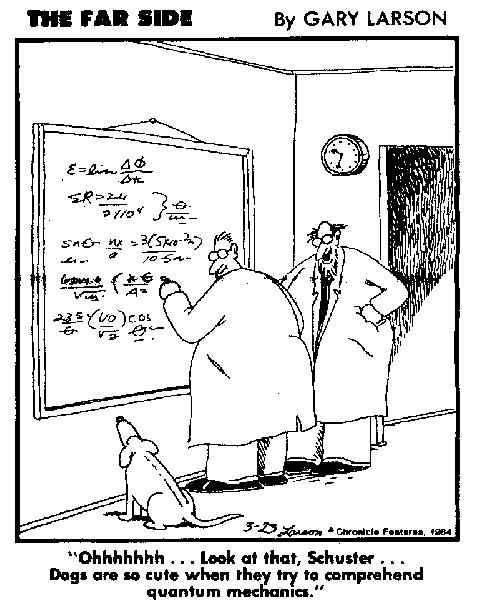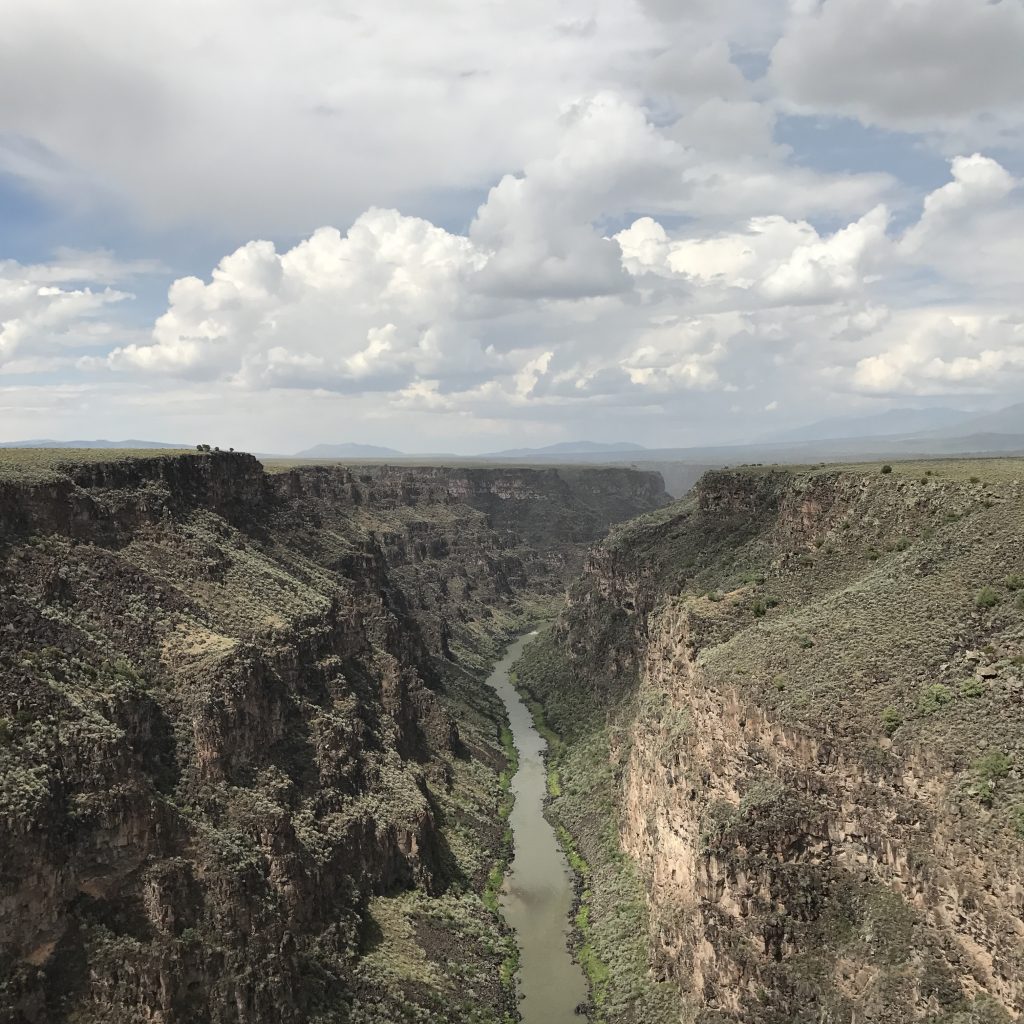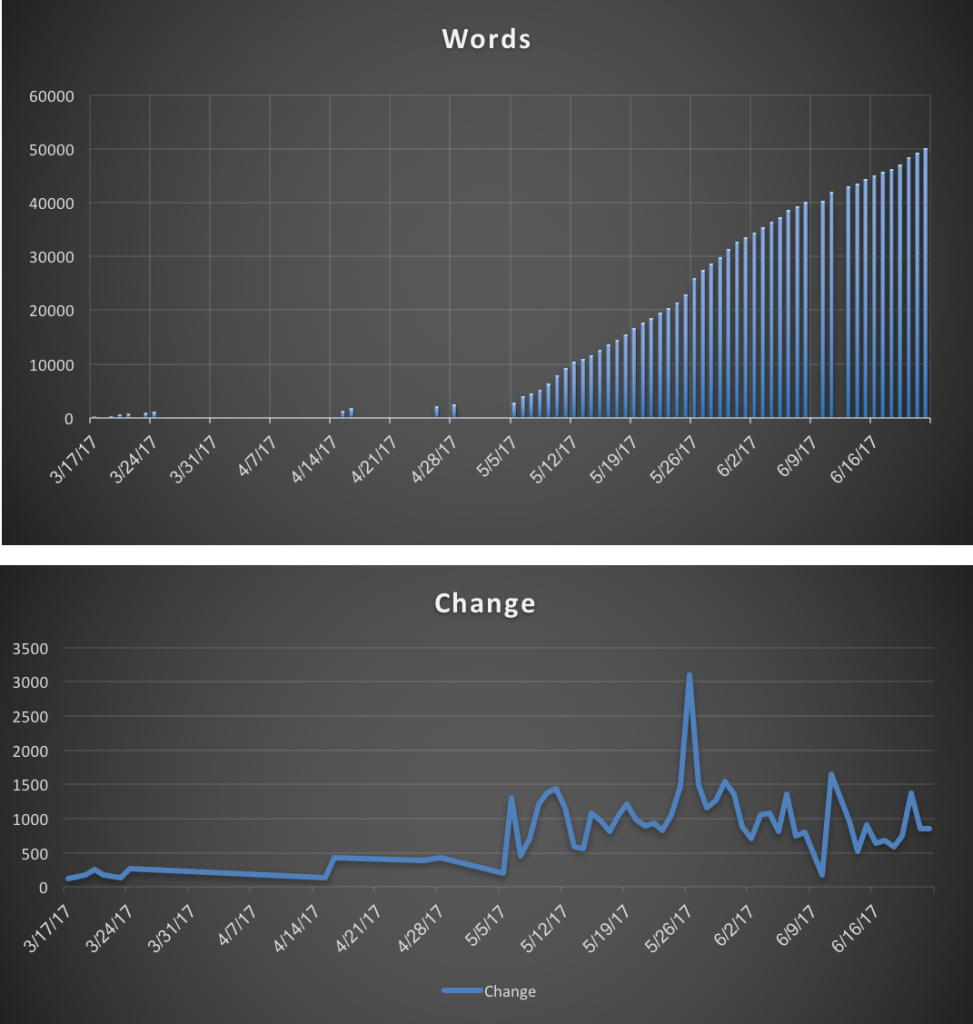 What happens if artificial intelligence (AI) technologies become significant economic players? The topic has come up in various ways for the past thirty years, perhaps longer. One model, the so-called technological singularity, posits that self-improving machines may be capable of a level of knowledge generation and disruption that will eliminate humans from economic participation. How far out this singularity might be is a matter of speculation, but I have my doubts that we really understand intelligence enough to start worrying about the impacts of such radical change.
What happens if artificial intelligence (AI) technologies become significant economic players? The topic has come up in various ways for the past thirty years, perhaps longer. One model, the so-called technological singularity, posits that self-improving machines may be capable of a level of knowledge generation and disruption that will eliminate humans from economic participation. How far out this singularity might be is a matter of speculation, but I have my doubts that we really understand intelligence enough to start worrying about the impacts of such radical change.
Barring something essentially unknowable because we lack sufficient priors to make an informed guess, we can use evidence of the impact of mechanization on certain economic sectors, like agribusiness or transportation manufacturing, to try to plot out how mechanization might impact other sectors. Aghion, Jones, and Jones’ Artificial Intelligence and Economic Growth, takes a deep dive into the topic. The math is not particularly hard, though the reasons for many of the equations are tied up in macro and microeconomic theory that requires a specialist’s understanding to fully grok.
Of special interest are the potential limiting role of inputs and organizational competition. For instance, automation speed-ups may be limited by human limitations within the economic activity. This may extend even further due to fundamental limitations of physics for a given activity. The pointed example is that power plants are limited by thermodynamics; no amount of additional mechanization can change that. Other factors related to inputs or the complexity of a certain stage of production may also drag economic growth to a capped, limiting level.
Organizational competition and intellectual property considerations come into play, as well. While the authors suggest that corporations will remain relevant, they should become more horizontal by eliminating much of the middle tier of management and outsourcing components of their productivity.… Read the rest
 The simulation hypothesis is perhaps a bit more interesting than how to add clusters of neural network nodes to do a simple reference resolution task, but it is also less testable. This is the nature of big questions since they would otherwise have been resolved by now. Nevertheless, some theory and experimental analysis has been undertaken for the question of whether or not we are living in a simulation, all based on an assumption that the strangeness of quantum and relativistic realities might be a result of limited computing power in the grand simulator machine. For instance, in a virtual reality game, only the walls that you, as a player, can see need to be calculated and rendered. The other walls that are out of sight exist only as a virtual map in the computer’s memory or persisted to longer-term storage. Likewise, the behavior of virtual microscopic phenomena need not be calculated insofar as the macroscopic results can be rendered, like the fire patterns in a virtual torch.
The simulation hypothesis is perhaps a bit more interesting than how to add clusters of neural network nodes to do a simple reference resolution task, but it is also less testable. This is the nature of big questions since they would otherwise have been resolved by now. Nevertheless, some theory and experimental analysis has been undertaken for the question of whether or not we are living in a simulation, all based on an assumption that the strangeness of quantum and relativistic realities might be a result of limited computing power in the grand simulator machine. For instance, in a virtual reality game, only the walls that you, as a player, can see need to be calculated and rendered. The other walls that are out of sight exist only as a virtual map in the computer’s memory or persisted to longer-term storage. Likewise, the behavior of virtual microscopic phenomena need not be calculated insofar as the macroscopic results can be rendered, like the fire patterns in a virtual torch.




